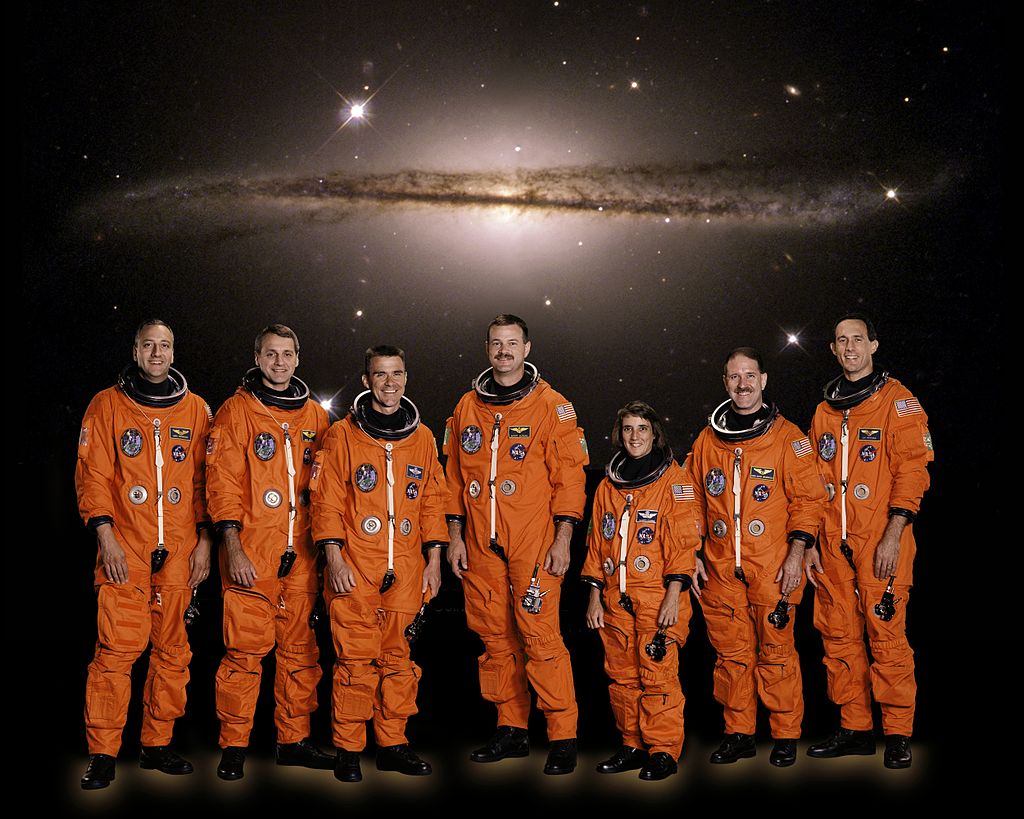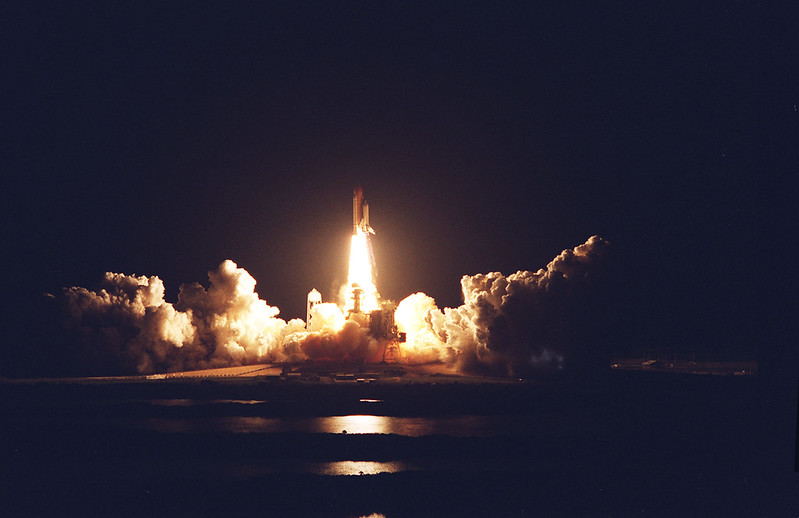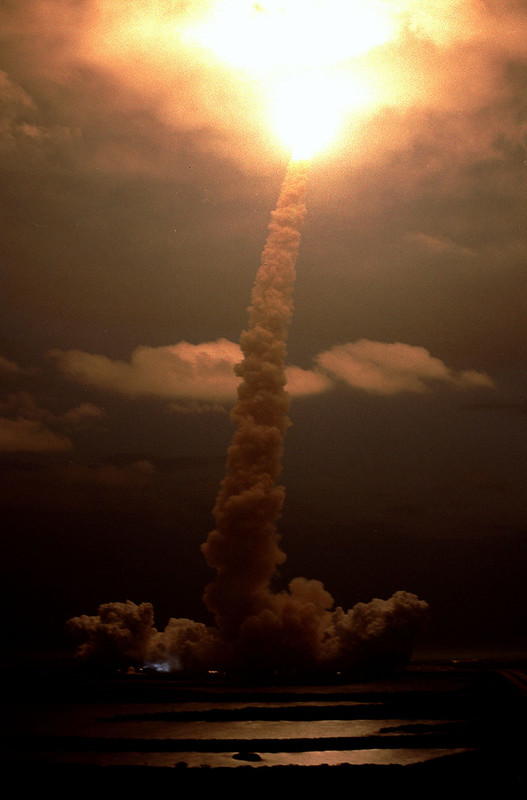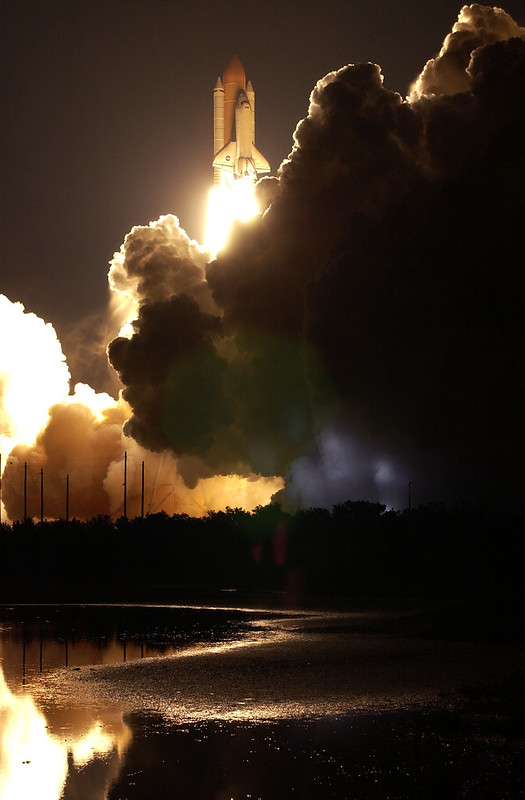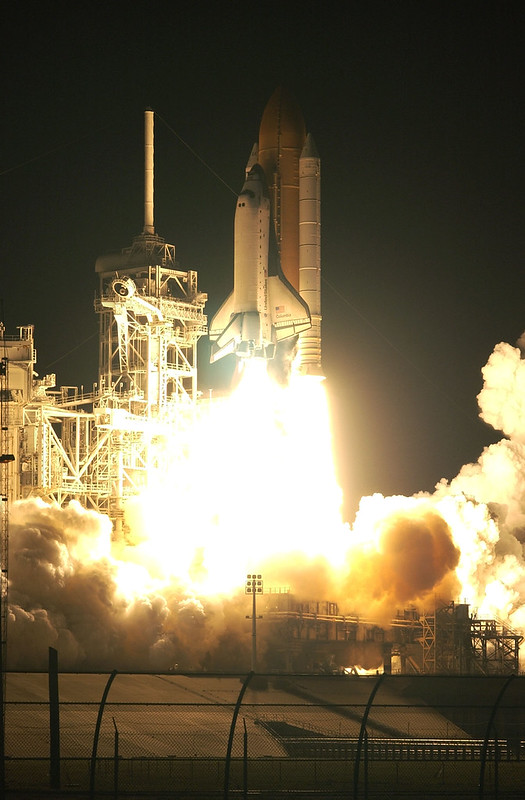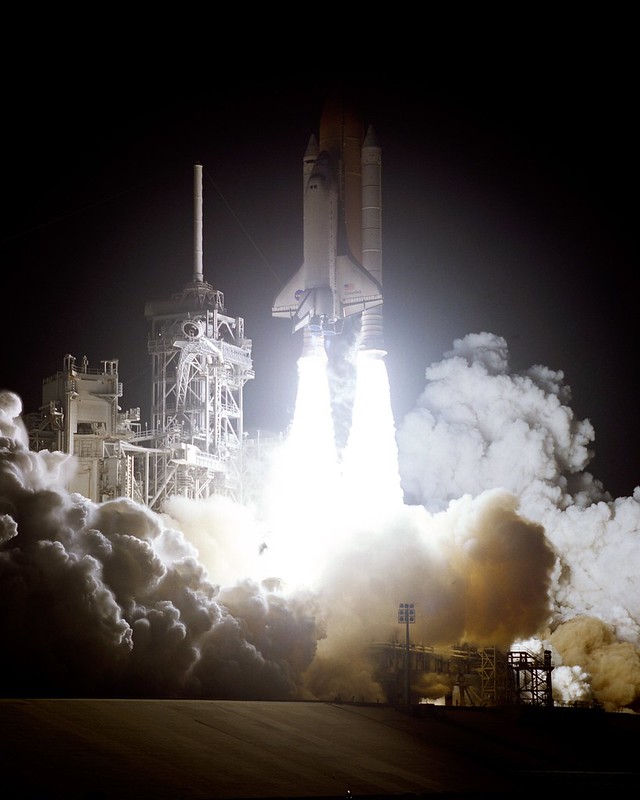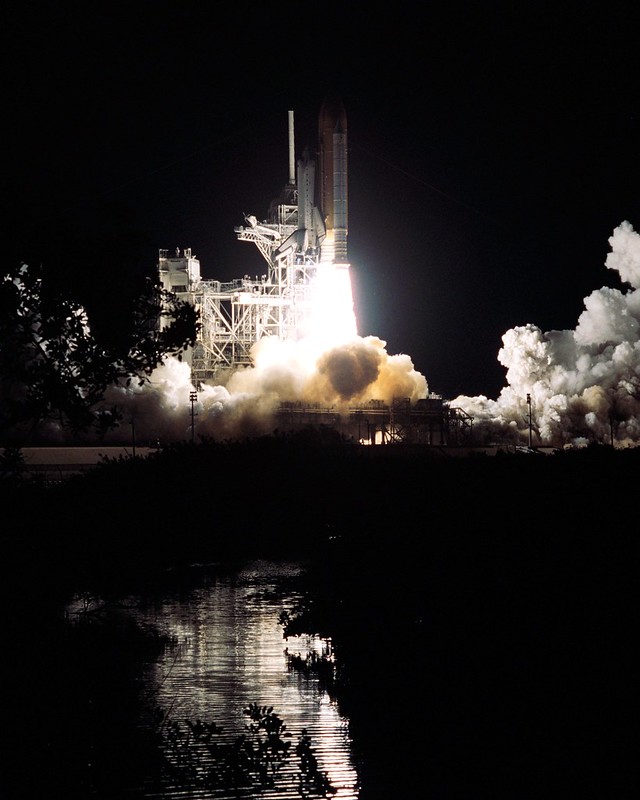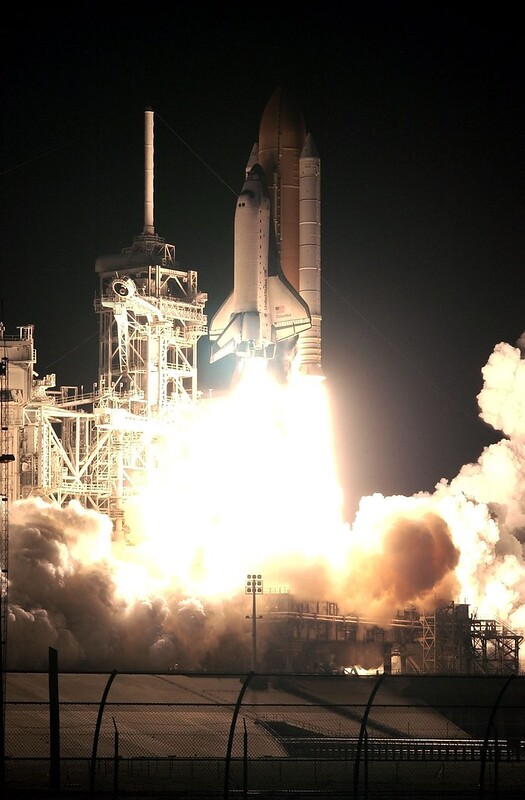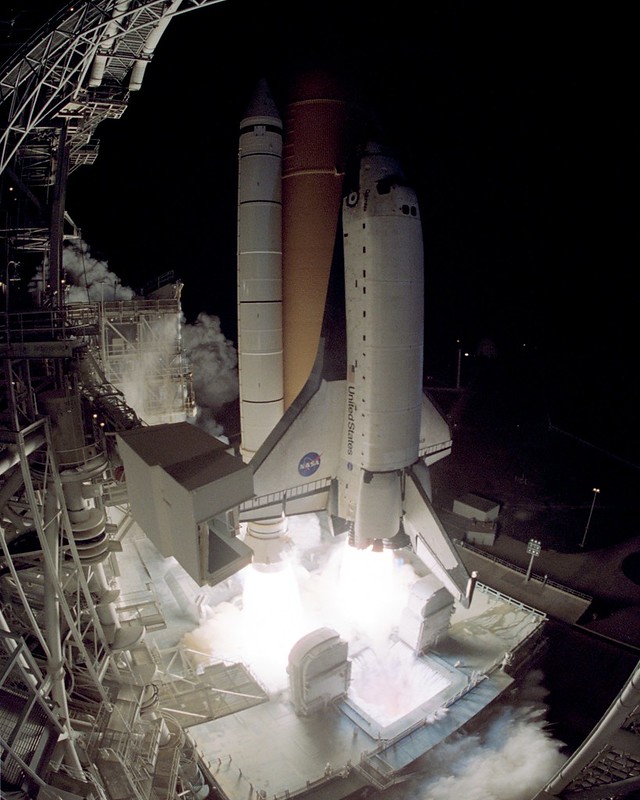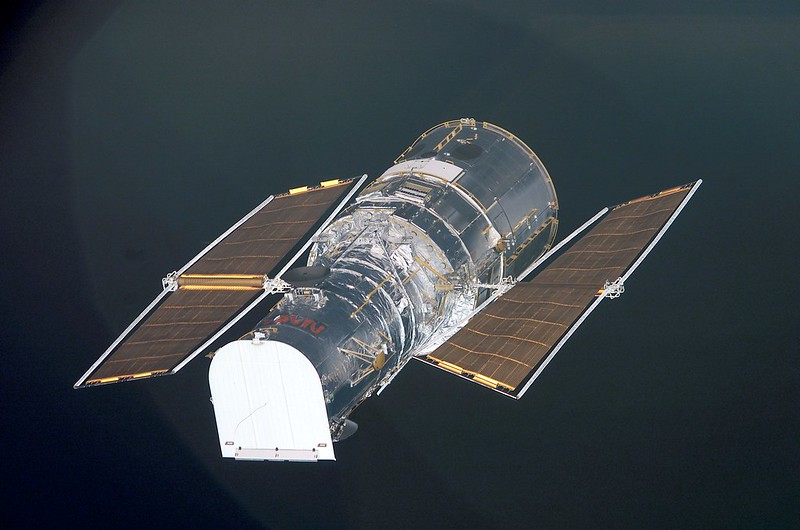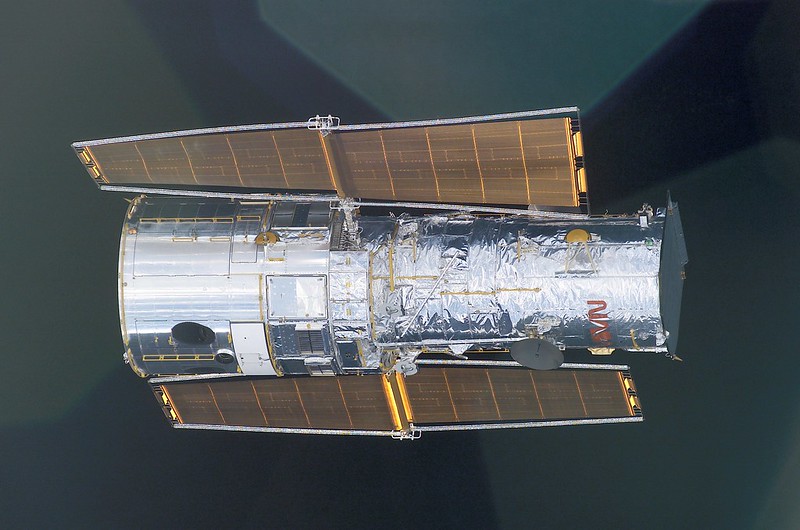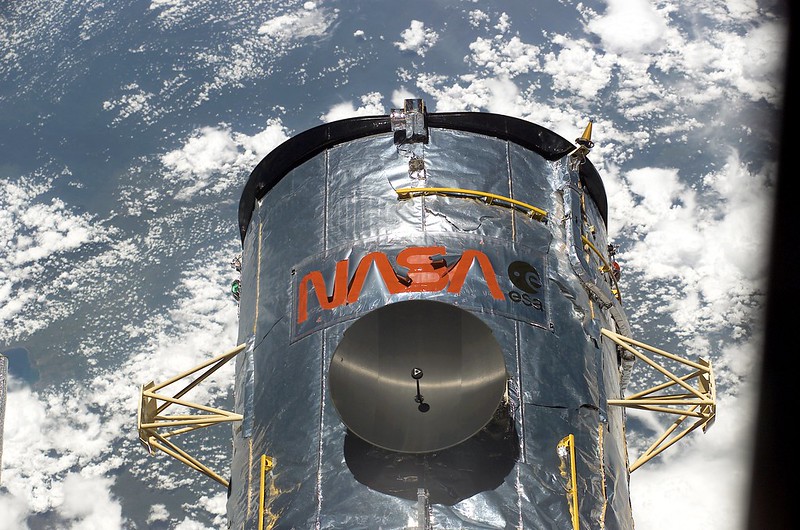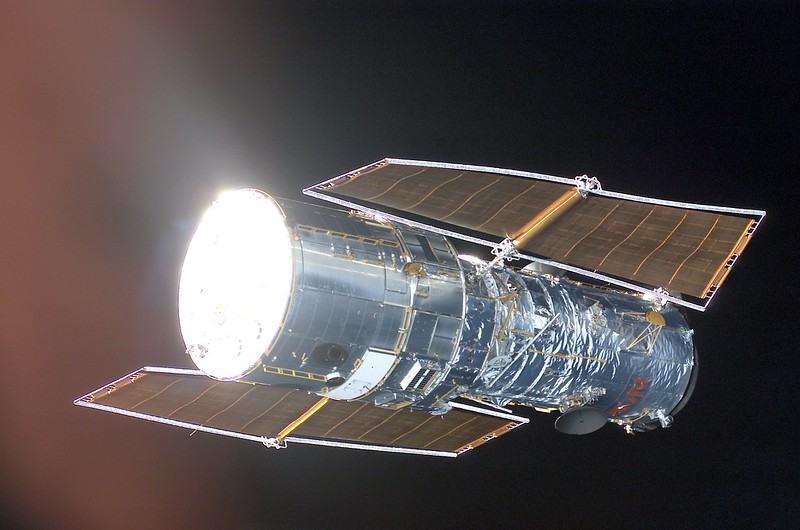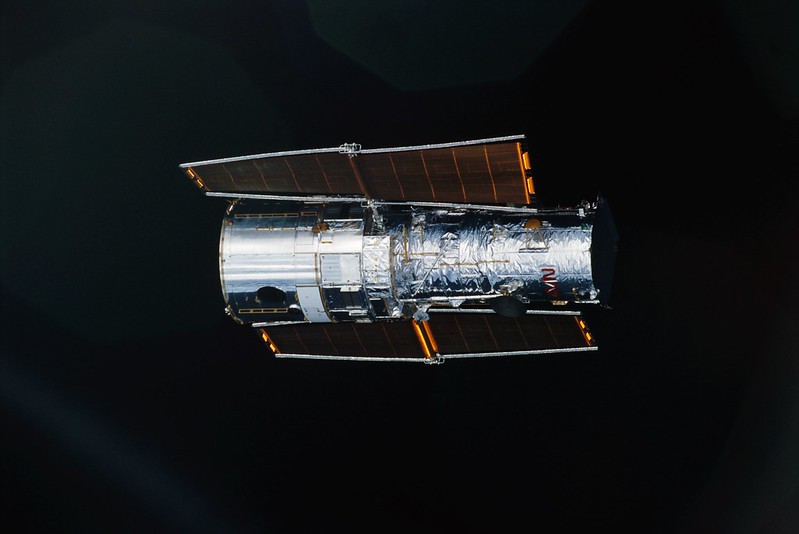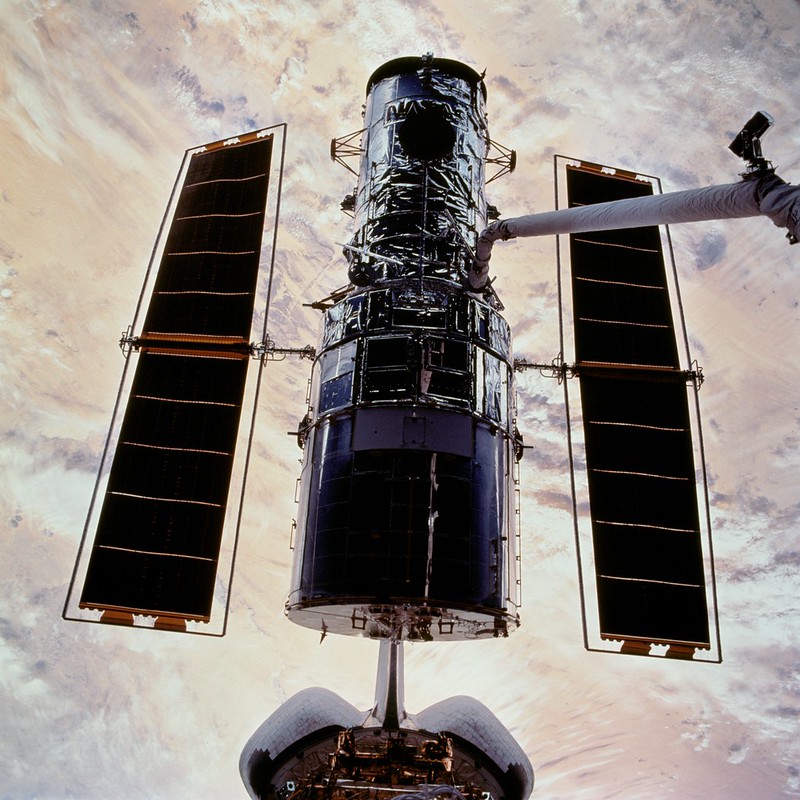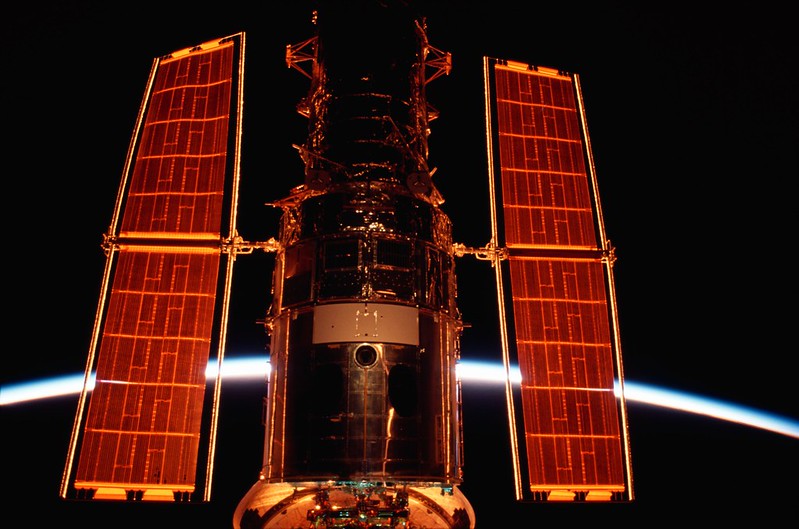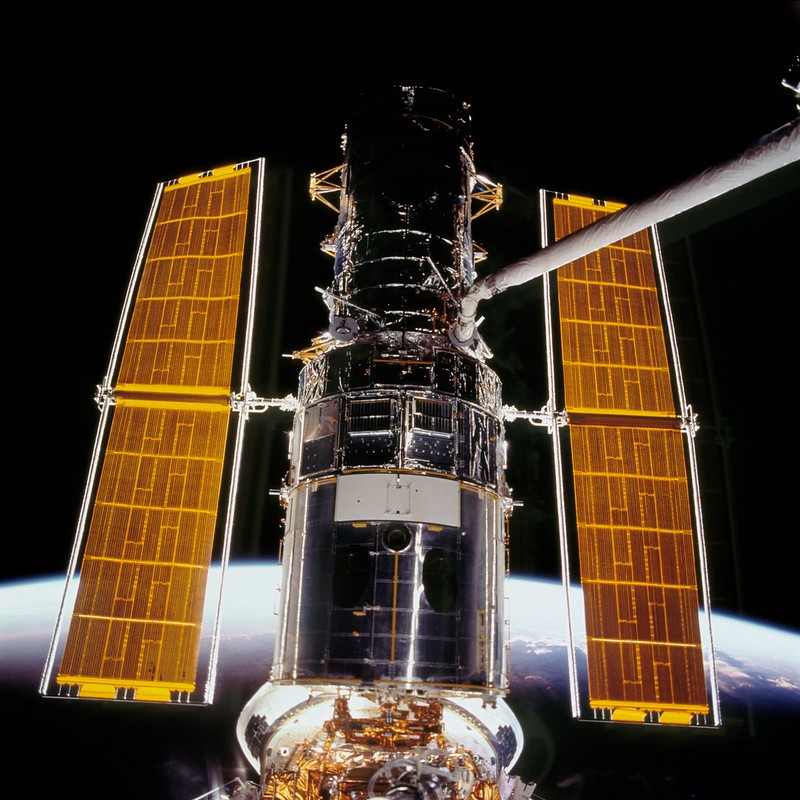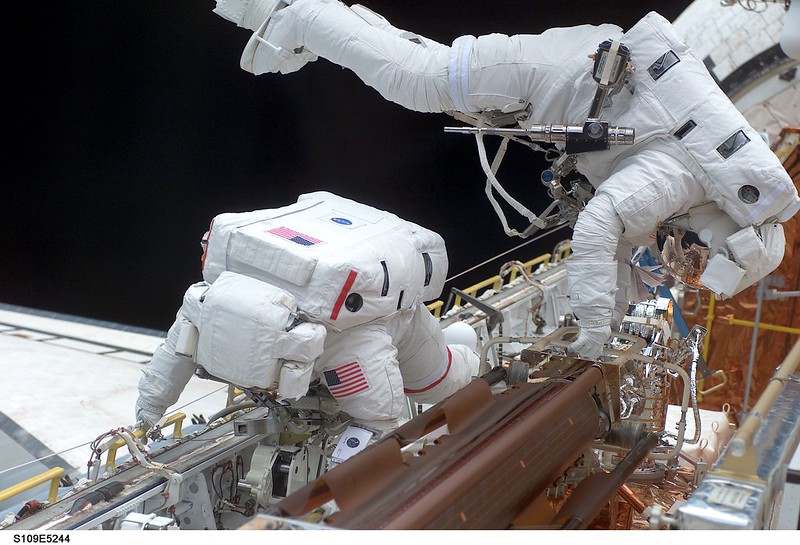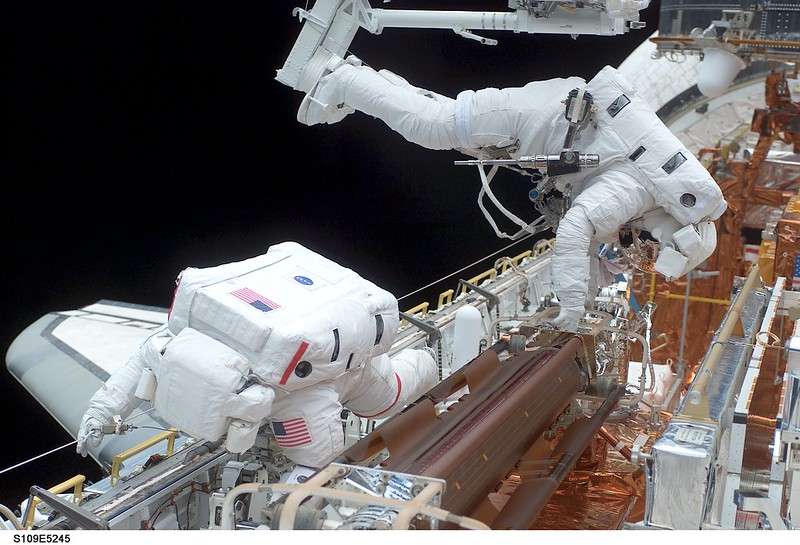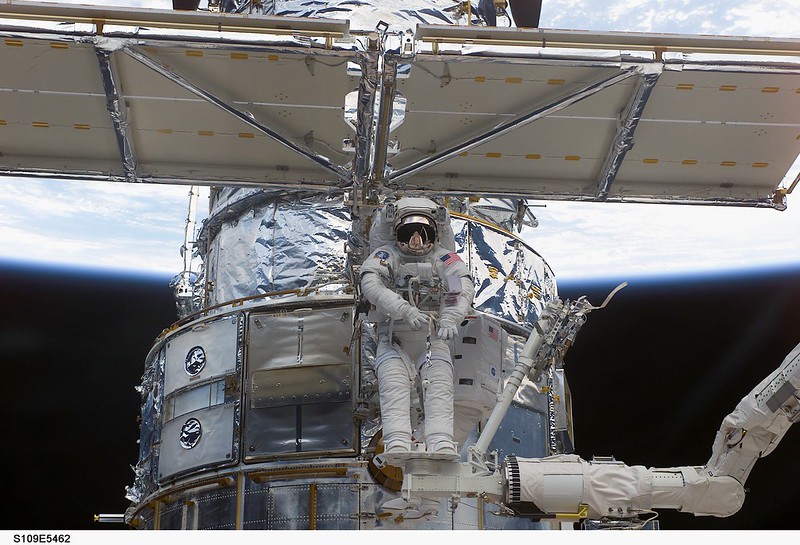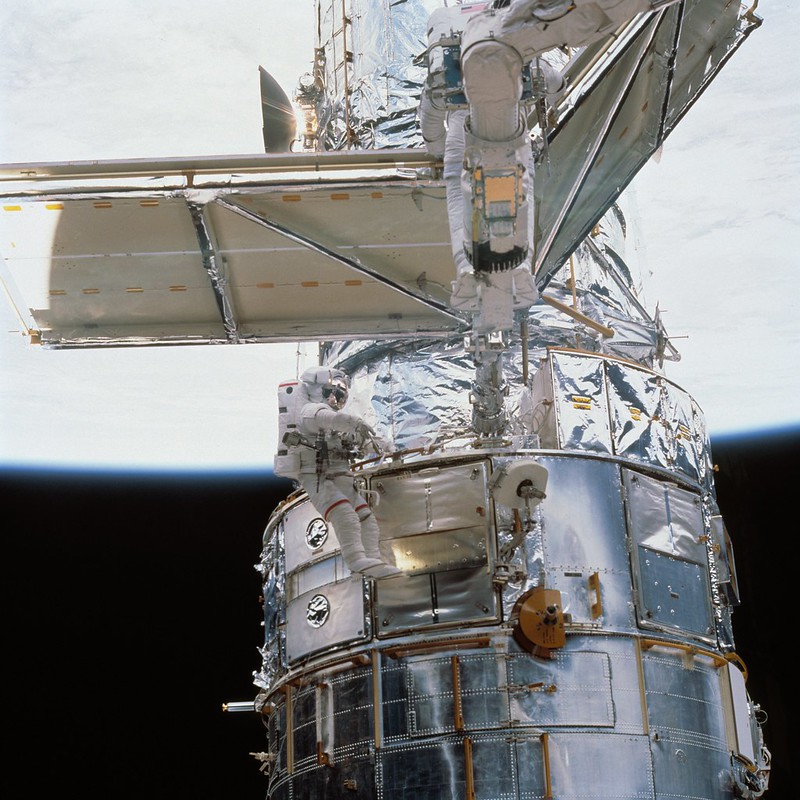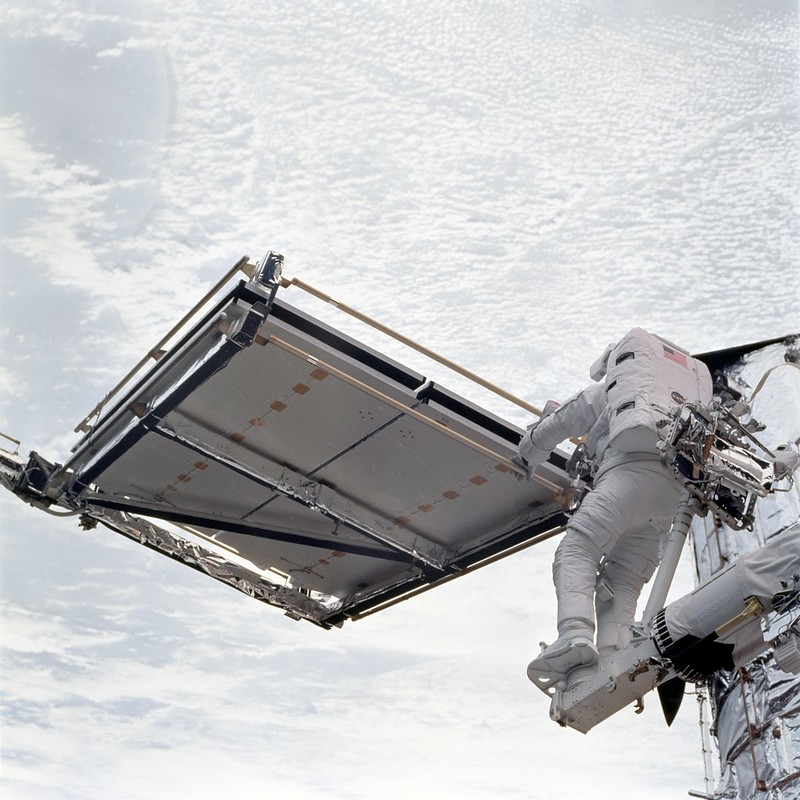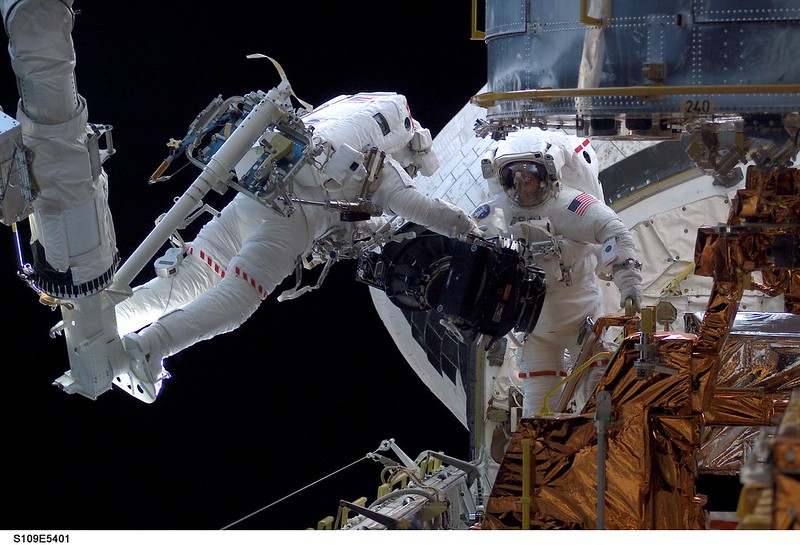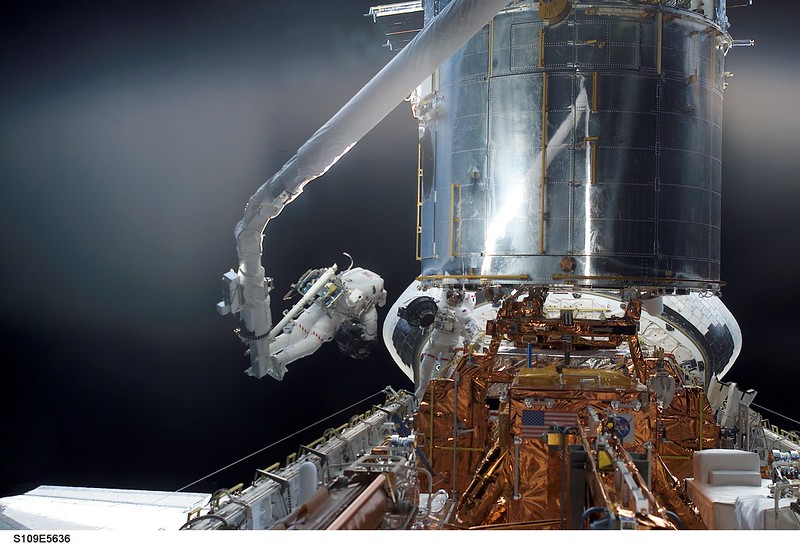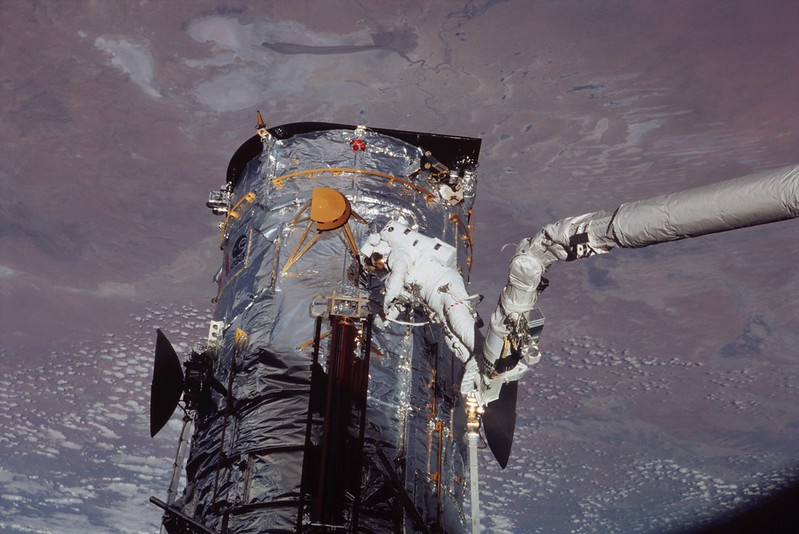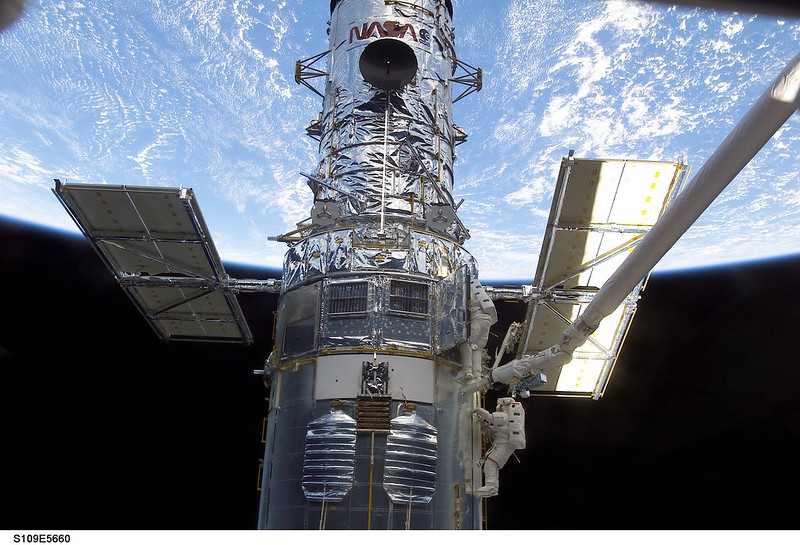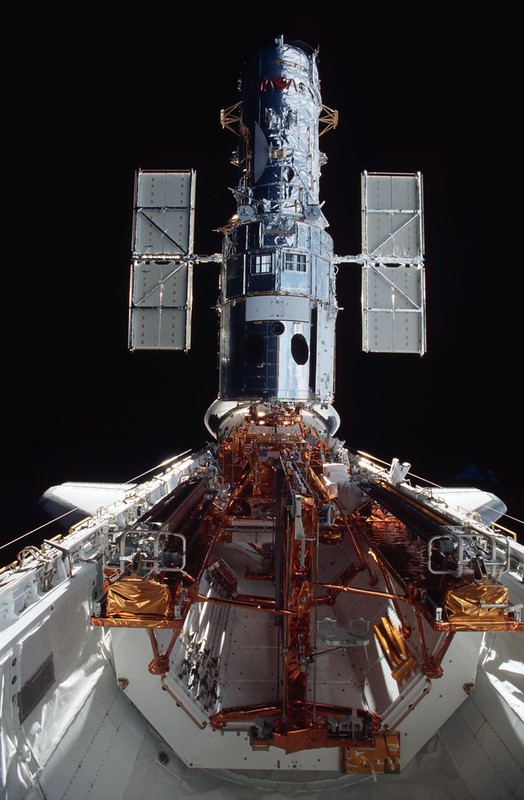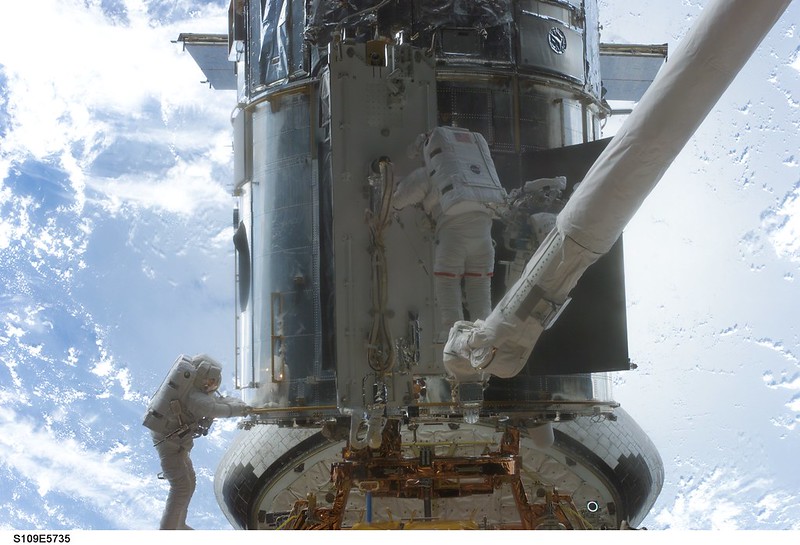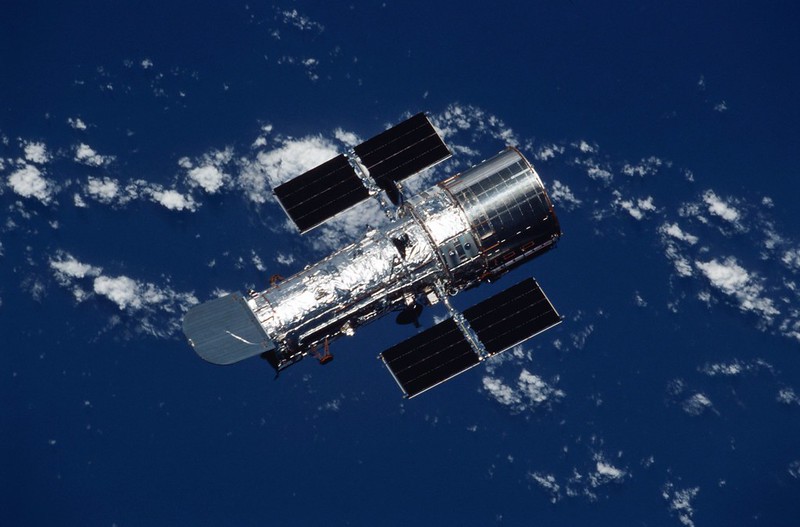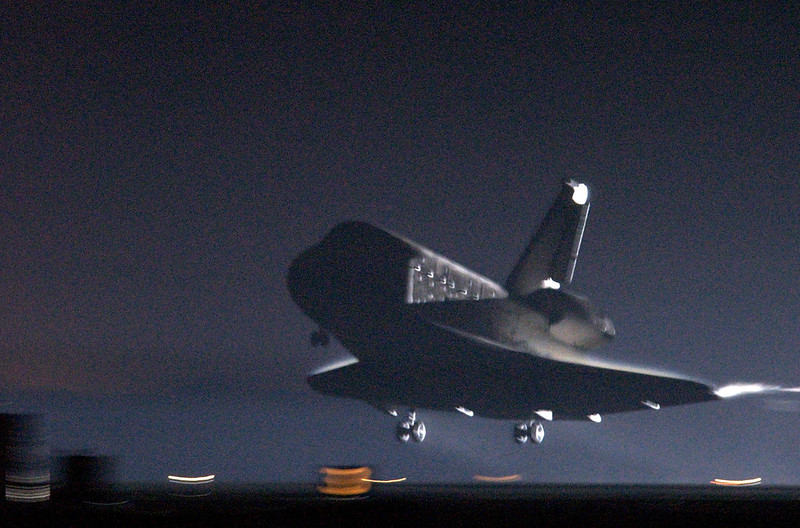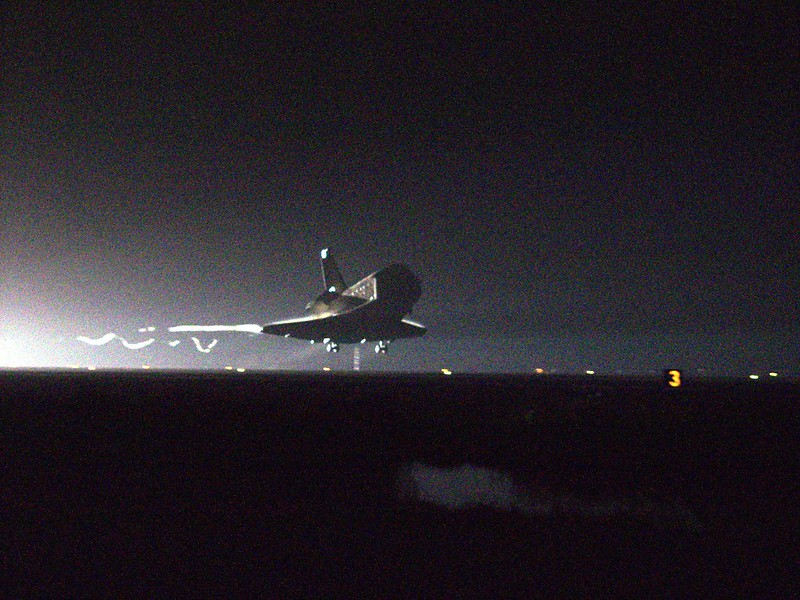STS-109 Fact Sheet
By Cliff Lethbridge

STS-109 – Columbia
108th Space Shuttle Mission
27th Flight of Columbia
Crew:
Scott Altman, Commander
Duane Carey, Pilot
John Grunsfeld, Payload Commander
Nancy Currie, Mission Specialist
Richard Linnehan, Mission Specialist
James Newman, Mission Specialist
Michael Massimino, Mission Specialist
Orbiter Preparations:
Tow to Orbiter Processing Facility – May 29, 2001
Rollover to Vehicle Assembly Building – January 16, 2002
Rollout to Launch Pad 39A – January 28, 2002
Launch:
March 1, 2002 – 6:22:02 a.m. EST. Launch was originally scheduled for February 28 but was postponed 24 hours due to a forecast of colder than acceptable temperatures at the Kennedy Space Center. Launch on March 1 occurred on time with no delays.
Landing:
March 12, 2002 – 4:33:05 a.m. EST at Runway 33, Kennedy Space Center. Rollout distance was 10,119 feet. Rollout time was 1 minute, 17 seconds. Mission duration was 10 days, 22 hours, 11 minutes, 9 seconds. Landing occurred during the 165th orbit.
Mission Summary:
The primary goal of the mission was to service the Hubble Space Telescope (HST). HST was improved and upgraded in a series of five spacewalks. The first spacewalk lasted 7 hours, 1 minute. Astronauts Grunsfeld and Linnehan removed an old starboard solar array and replaced it with a new one. The old solar array was stored in Columbia’s payload bay and returned to Earth for evaluation of its nine-year performance.
The second spacewalk lasted 7 hours, 16 minutes. Astronauts Newman and Massimino installed a new port solar array and a new Reaction Wheel Assembly on HST after removing the old solar array. They also installed a thermal blanket on HST Bay 6, and door stop extensions on HST Bay 5. Also installed were a series of foot restraints to be used during the third spacewalk. The astronauts also replaced two bolts on the HST aft shroud doors.
The third spacewalk lasted 6 hours, 48 minutes. Astronauts Grunsfeld and Linnehan replaced an original, 12-year-old Power Control Unit (PCU) with a new one capable of producing an extra 20-percent of power output from the newly installed solar arrays. The fourth spacewalk lasted 7 hours, 18 minutes. Astronauts Newman and Massimino installed the Advanced Camera for Surveys, which replaced the original Faint Object Camera. They also installed the Electronic Support Module, the first part of an experimental cooling system to be completed during the fifth spacewalk. The fifth spacewalk lasted 7 hours, 32 minutes. Astronauts Grunsfeld and Linnehan installed a cryocooler for the Near-Infrared Camera and Multi-Object Spectrometer (NICMOS).
SELECTED NASA PHOTOS FROM STS-109
